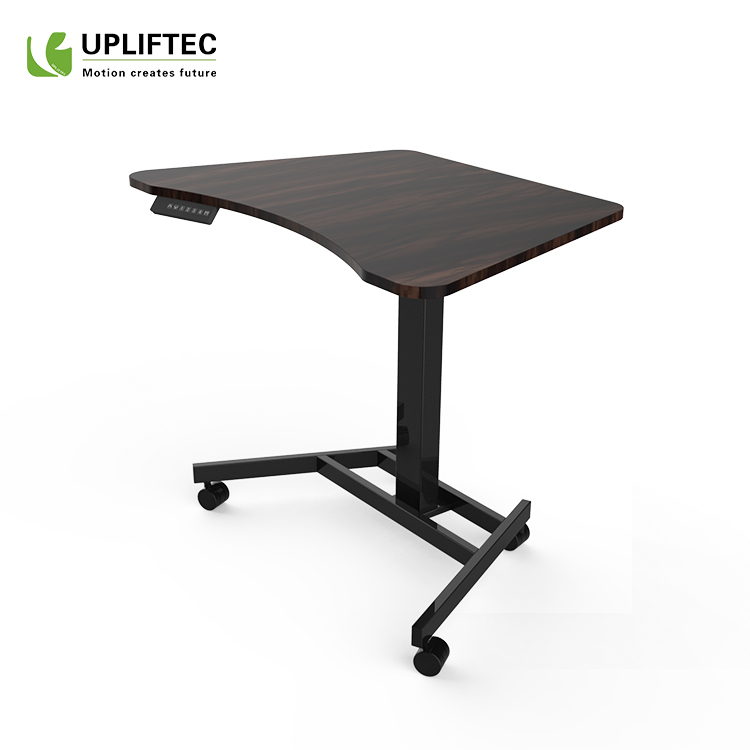The National Institute of Standards and Technology (NIST) is developing and testing a custom 3D printer , the Additive Manufacturing Metering Test Platform (AMMT), which optimizes metal 3D printing technology . With this printer, researchers have complete control over the printing process for in-depth, in-depth research. This research will help produce new monitoring and metrology tools for metal 3D printing .
With the advancement of 3D printing technology in the manufacturing field, a large number of defects have arisen in the production process. For example, metal 3D printing parts often have some small gaps in the printing layer, which will lead to accumulation of stress, reduce the performance of the printed structure, and finally cause warping or cracking problems. To this end, NIST Engineering Labs and Physical Measurement Labs have collaborated on the development of AMMT in an attempt to address the growing quality control issues in metal additive manufacturing.
By collecting some basic information about the 3D printing process, including the temperature of the molten metal and how to reduce the stress, NIST researchers can help researchers find the appropriate sensors and let 3D printer users know more about what is going on inside the device. Currently, in the field of additive manufacturing, sensors and monitoring systems have been incorporated into 3D printers, and NIST hopes to develop platforms with the same performance for methods that require accurate measurement of molten metal temperature.
AMMT works like a traditional metal 3D printer, laser melting metal powder and printing the shape of the parts layer by layer. The difference is that the AMMT printing process is completely open and can be modified in real time. The speed of the laser can be controlled at 10 kHz (every 10 microseconds). This allows researchers to obtain a more rigorous feedback loop of process processing to clearly understand what is happening and how to improve it.
At present, AMMT is capable of melting three common types of metal powders such as titanium, cobalt-chromium alloy and nickel alloy. Most of the problems that occur with 3D printing are during the powder melting process before the metal resolidifies, so the NIST research team decided to accurately measure the temperature required to melt the metal. The best way to do this is to measure the nature of the light reflected from the "melt pool." The color of the light can vary with the heat of the liquid metal, and obtaining brightness information about the various wavelengths helps determine the temperature change of the object during 3D printing.
According to the researchers, temperature sensors provide enough information for most 3D printer users to optimize the printing process. However, the goal of the NSIT research team is to obtain absolute temperature measurements and ultimately obtain a comprehensive surface temperature map. Currently, researchers are using a lens camera with a special achromatic aberration to measure the brightness of some longer wavelengths. For shorter wavelength blue visible light measurements, ie higher temperatures, different methods are needed. To this end, in the next year and a half, researchers will study a new sensor system called TEMPS (temperature and radiant intensity of melts, powders and solids). The system consists of multiple spectrometers and a hemispherical reflectometer, and the researchers say that the TEMPS system can be used to achieve amplification and expansion of the wavelength range three times. As this metering technology advances, it is also possible to develop sensors that can measure other types of metal powders.
Ultimately, NIST's measurement technology can even be applied outside of 3D printing because its technology is also suitable for observing any solid material that withstands extreme high temperature changes, such as the tip of a hypersonic aircraft. NIST's research shows that using 3D printing technology can not only change the manufacturing industry, but also promote research of great value in various fields. (Northern Institute of Science and Technology Information Wang Zhaoyang)
Single leg Standing Desk is one of our sales products. This single leg has Electric Standing Desk and Pneumatic Standing Desk. This product is very popular at present. We also developed a single leg electric desk under the customer demand. The single leg pneumatic desk has always been very popular because of its high cost performance and small size. It is suitable for adults and children. A small tea table and a temporary operating table are placed beside the sofa in the living room for work, leisure and dining. Sit Stand Desk has the design of universal wheel, which can be moved and placed beside the bed at any time. Users can study and work directly on the bed, and it can be used with the disabled bed.

single leg standing desk,standing desk height,adjustable table,Standing Adjustable Desk,sit stand table
Suzhou Uplift Intelligent Technology Co., Ltd , https://www.upliftecdesks.com